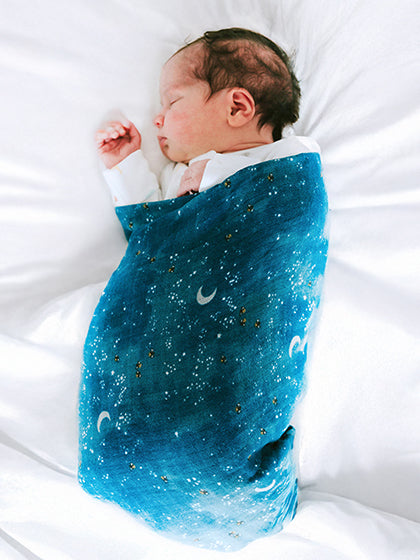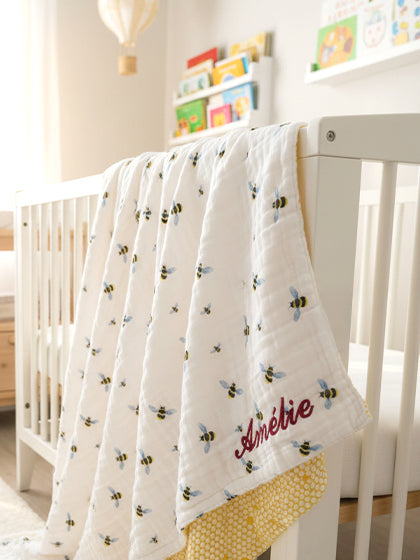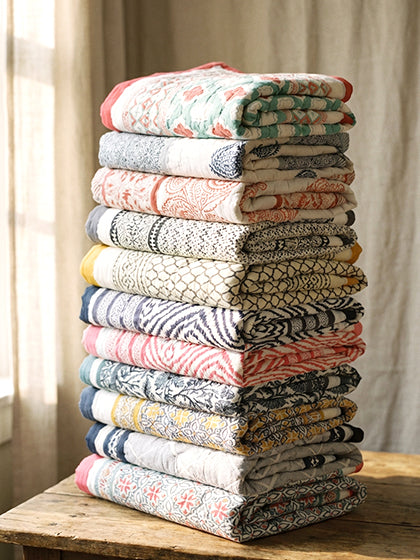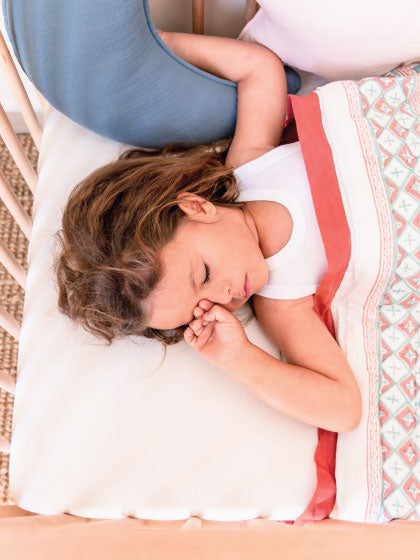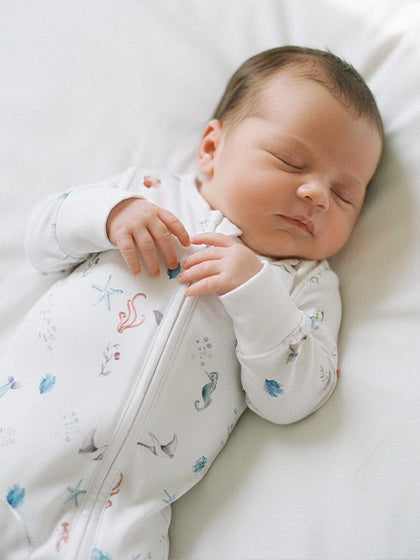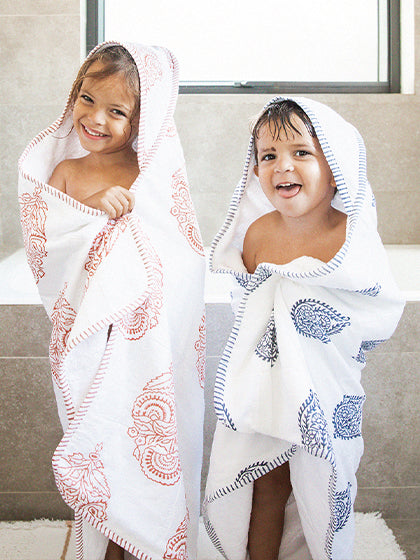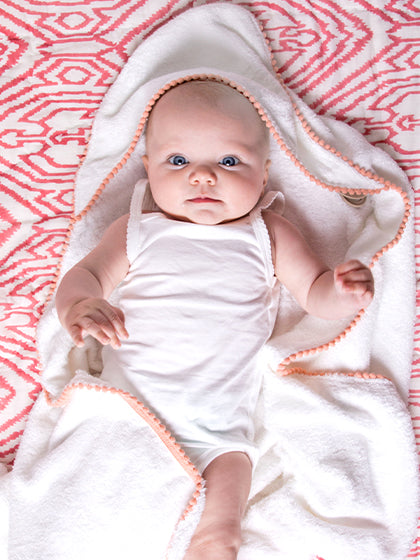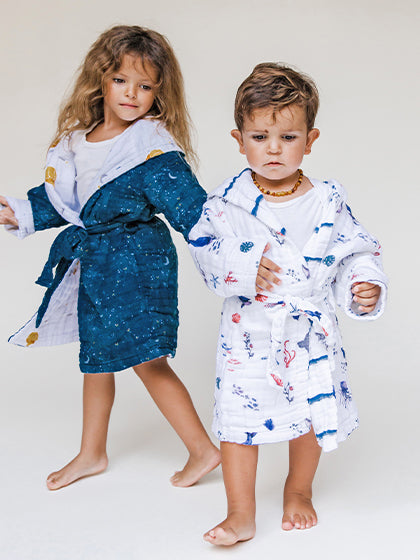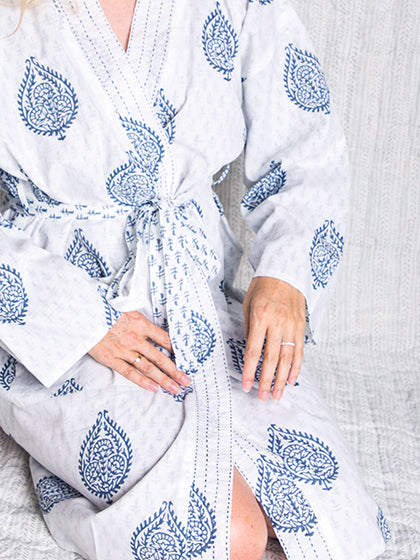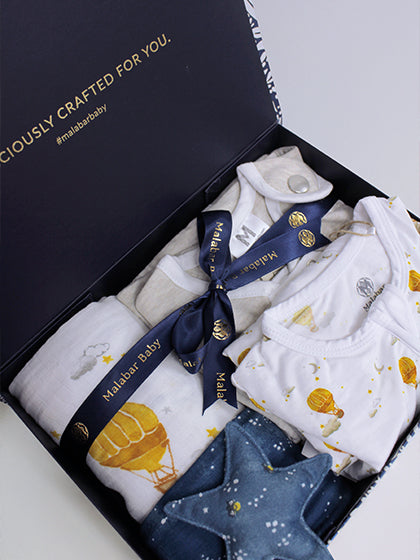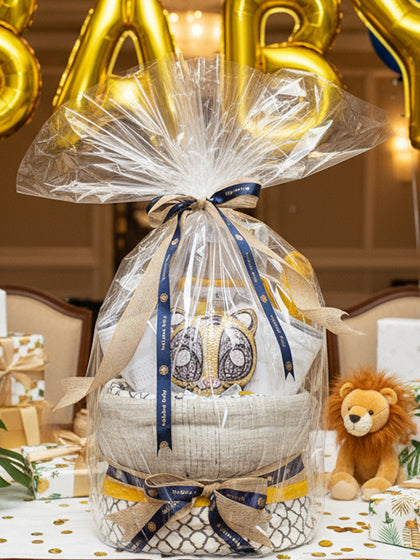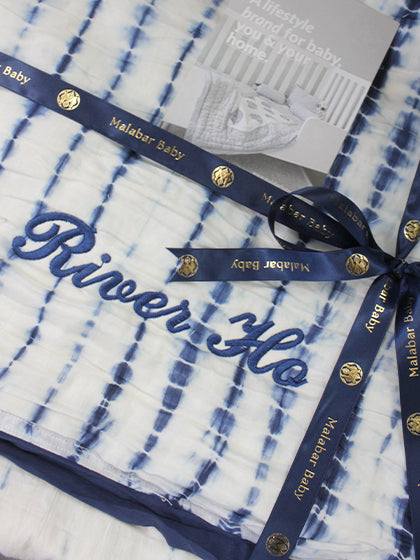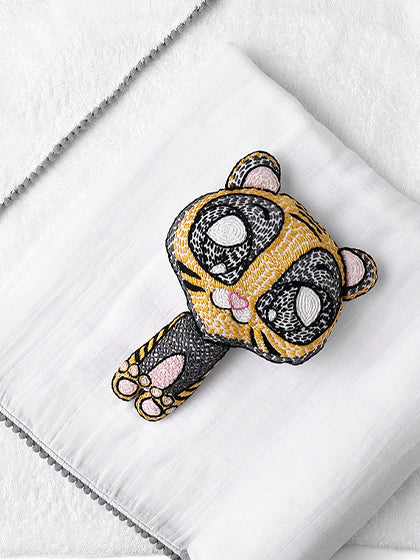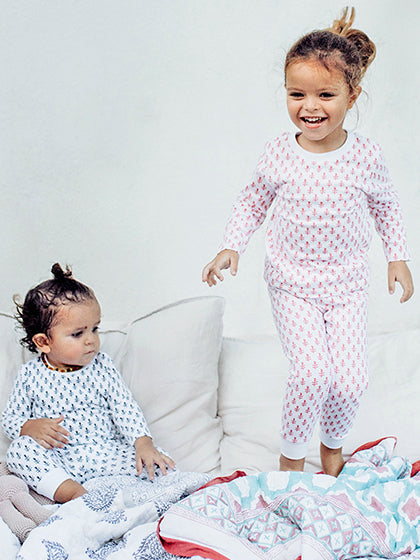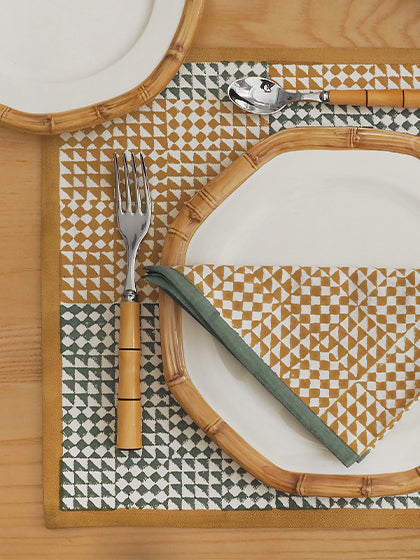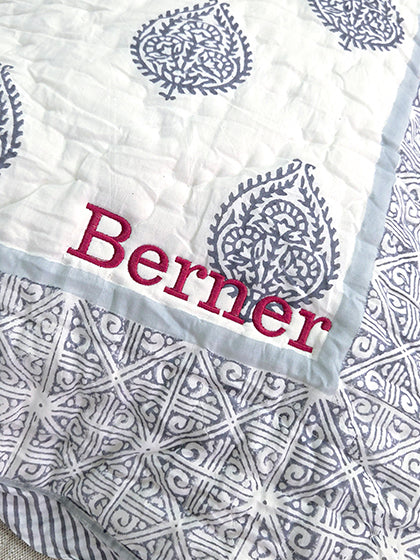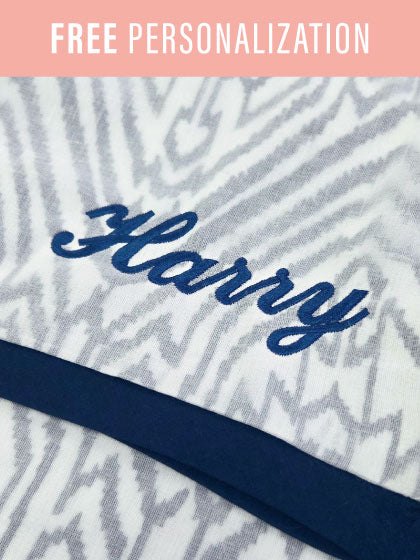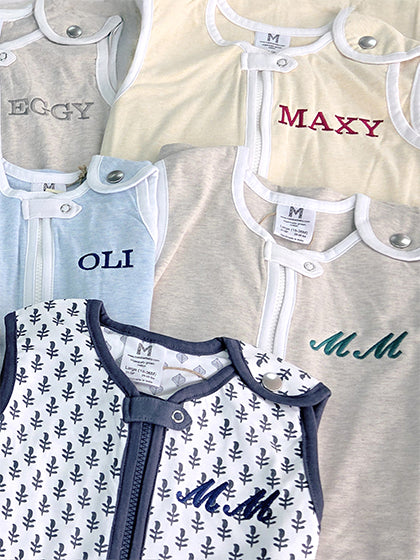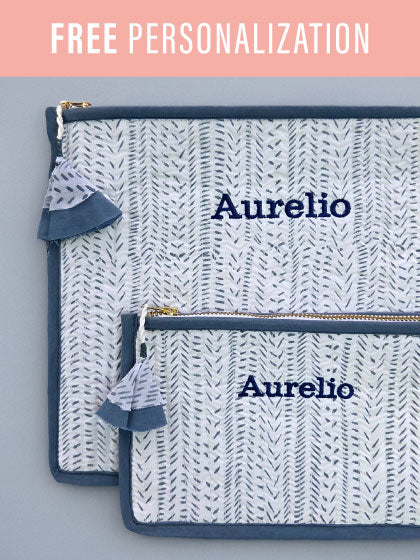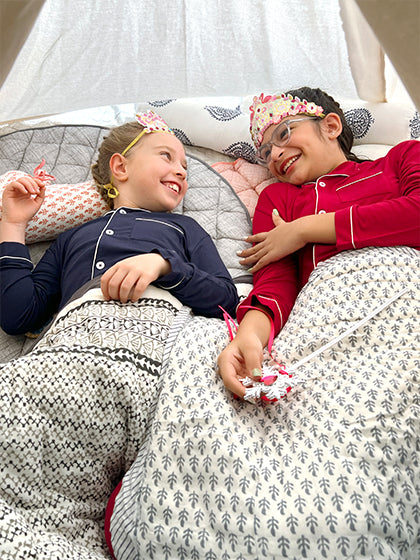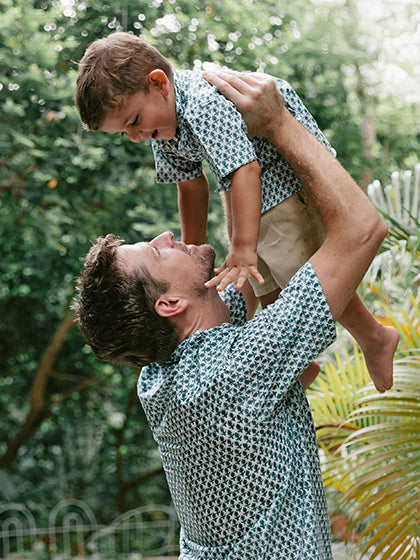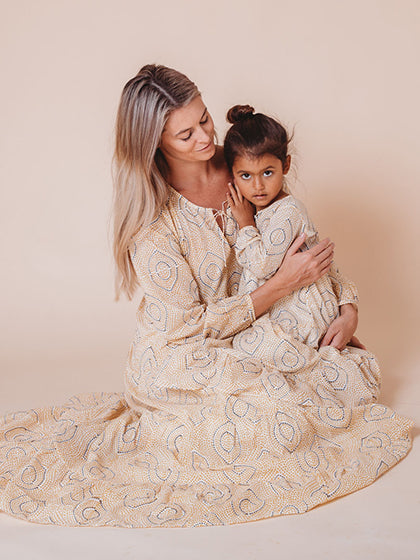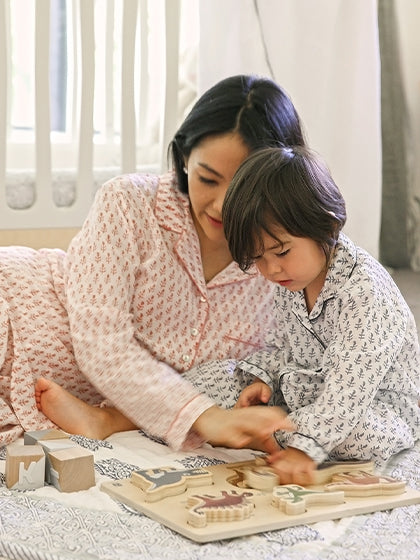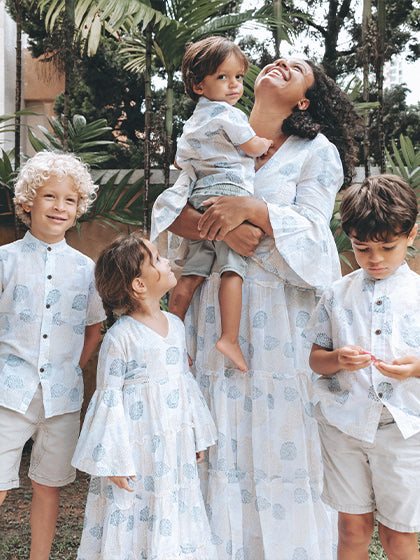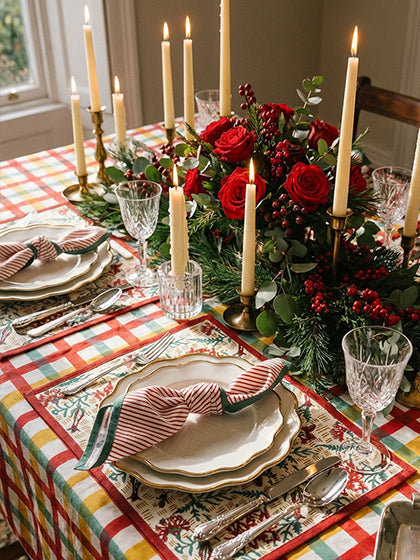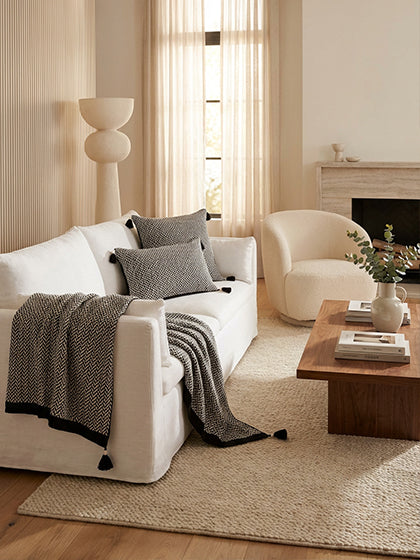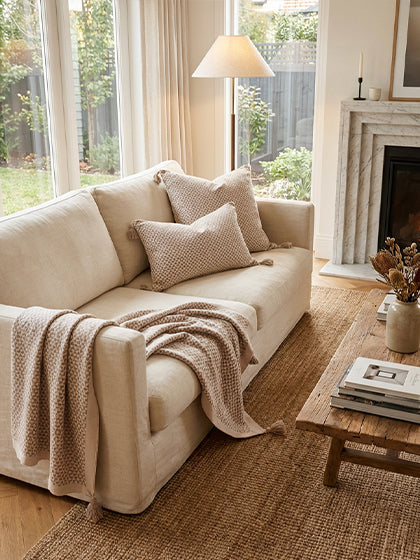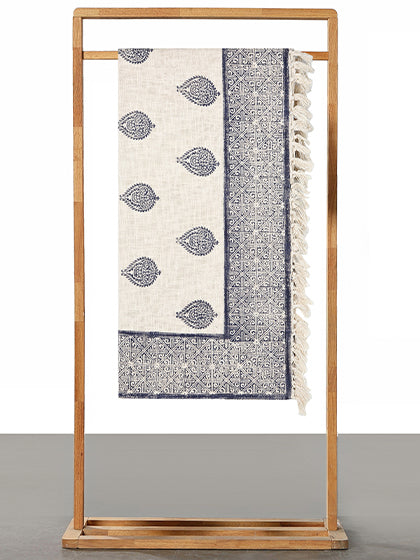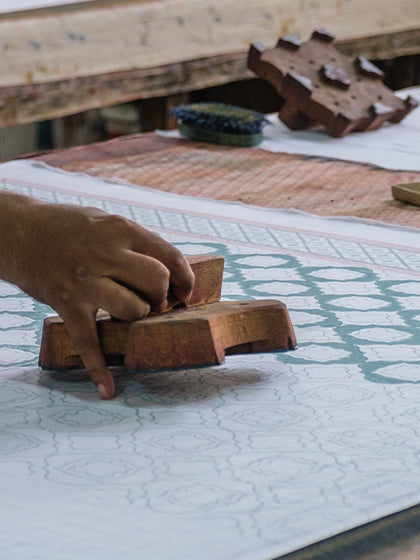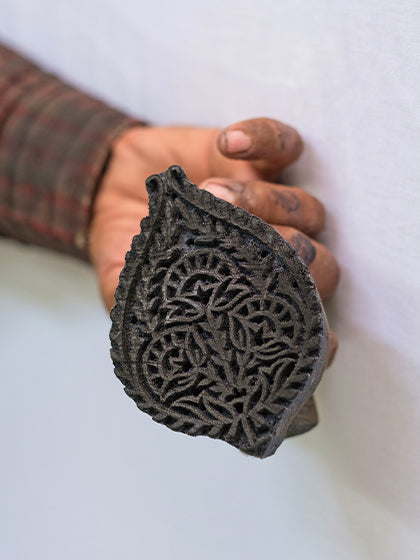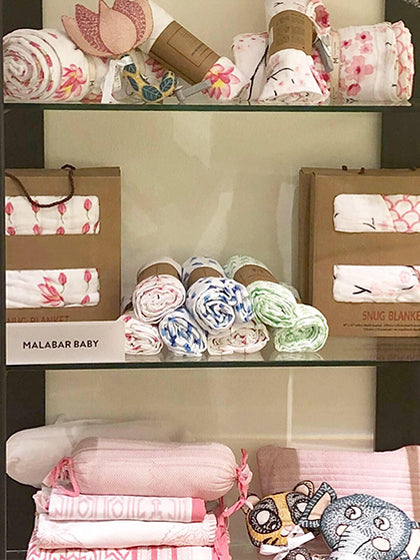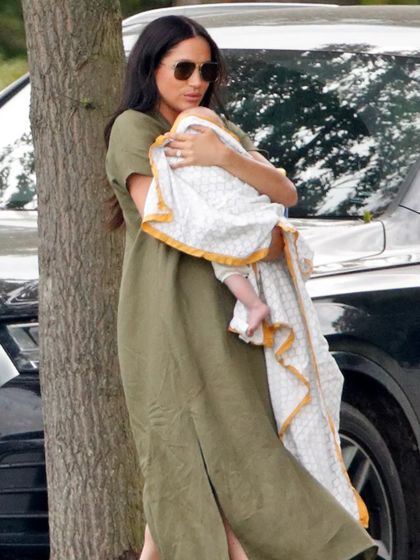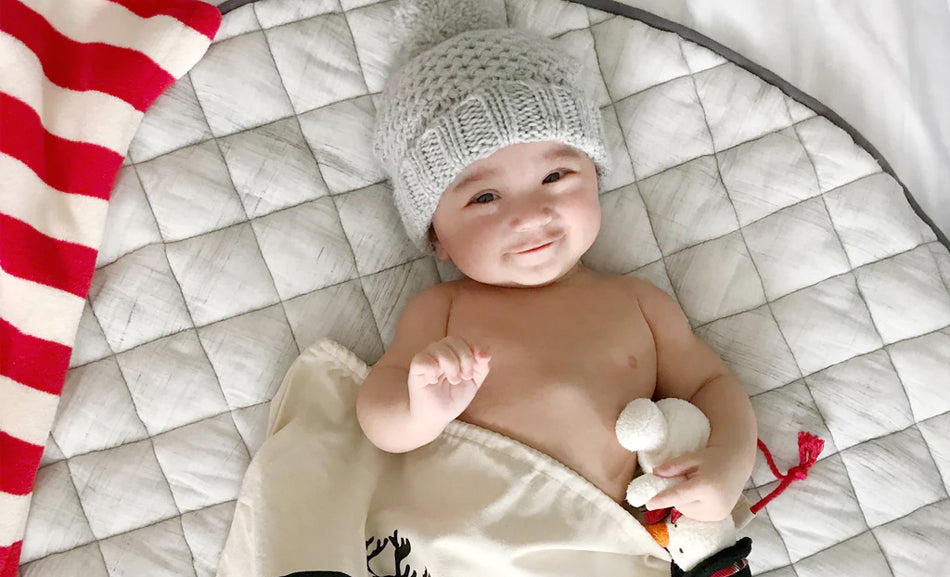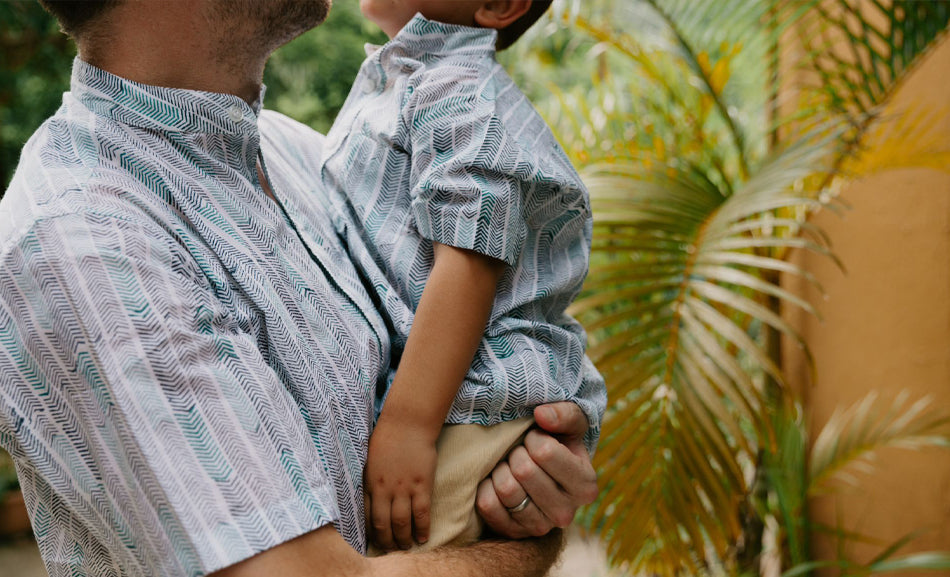What's a wearable sleeping bag? Does my baby really need one? Swaddle vs. Sleep Bag? We sat down with Jade Dharmana (Founder of the Sleeep Lab) and resident expert on sleep training to get the 101. Why does a sleeping bag help a baby sleep more safely and sweetly through the night.
When we have a young child, we can pretty much guarantee that we spend a lot of our precious time discussing sleep! As a sleep consultant who helps coach families all over the world, you can guarantee that Jade will always suggest the use of a sleeping bag for so many reasons.
Interview Details Below:
What is a sleeping bag exactly and why do we use them?
A sleeping bag is essentially a secure wearable blanket that you place on top of pajamas and is used instead of a traditional blanket. Thanks to the rules provided by the American Academy of pediatrics (AAP) around safe sleeping, we are now far more educated on how we can reduce the risk of SIDS (Sudden Infant Death Syndrome). We know that for any baby under the age of 12 months, it is crucial that we leave no loose objects in their crib such as soft toys, pillows or blankets when a guardian is not present! The sleeping bag provides the perfect alternative to blankets, keeping your baby both safe and warm all night long.
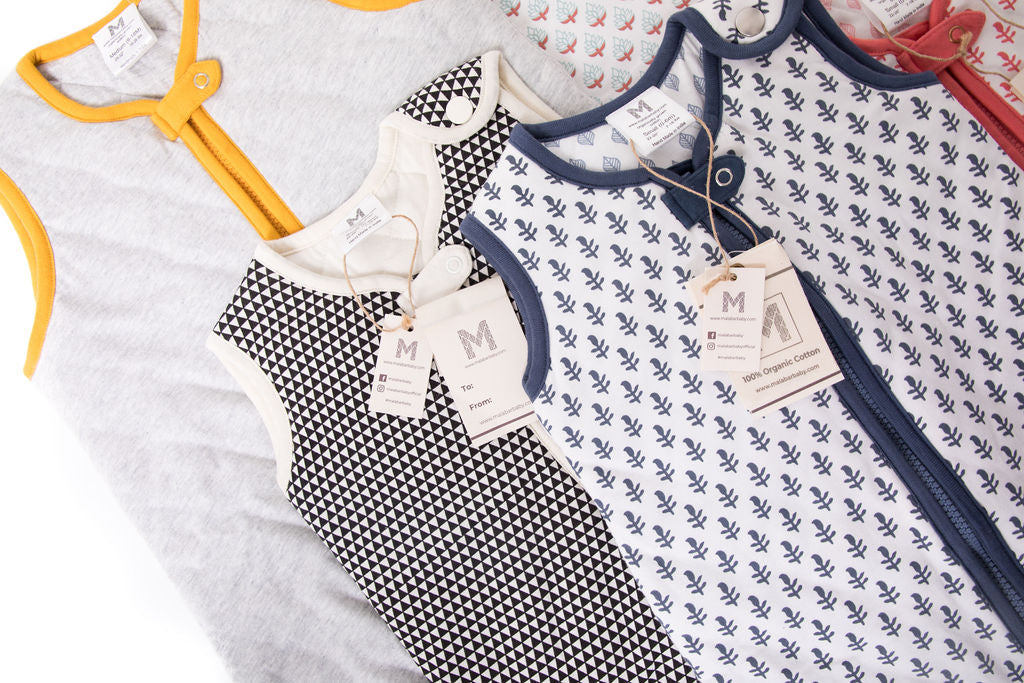

The sleeping bags created by Malabar Baby have always been a firm favorite of mine and this is not just because of their beautiful and stylish handmade designs with pajamas to match! They are also made using non toxic, eco-friendly dyes and 100% organic cotton, and feature high quality zip and button functions, ensuring complete safety and ease of use. A zipper that swiftly opens from the bottom of the sack, makes diaper changes a breeze at night.
TOGS
When choosing your Malabar Baby sleeping bag, you will have the option to choose from TOG 0.6 (Lightweight) or TOG 2.2 (Quilted)
TOG stands for Thermal overall Grade, which measures the level of insulation and warmth of the sleeping bag. The 0.6 TOG is lighter and would be used in warmer climates and the summer months, and the 2.2 TOG would be used when it is colder. This chart will give you all the confidence you need in knowing how to dress your baby in all temperatures.
The extra hidden benefits of the sleeping bag
Aside from the most important factor of safety, the sleeping bag actually comes with a few extra benefits which will make any parent’s life that little bit easier!
As a sleep consultant, I help each family carve out the best day possible for their baby and this of course includes designing a soothing and calming bed time ritual. The act of actually putting on the sleeping bag, is one of the best sleep cues you can have. The second the sleeping bag is zipped up, your baby will know its sleep time, and this makes the process of settling to sleep far smoother, because babies just love to know what happens next!
Another feature is that they are all tucked in nicely all night long, and they are not going to get their feet stuck in the gaps In the crib, which can lead to unnecessary night wakings.
I find the sleeping bag is so useful for toddlers as well. Luckily Malabar Baby have a range of sizes, from Small to X- Large, which means you can keep them nicely tucked into these gorgeous sleeping bags from birth all the way up until at least the age of 3+ years. That's a game-changer!
Toddlers come with a whole other spectrum of sleep challenges, and I find the sleeping bag can also help with this too. It can deter your child from attempting to climb out of the crib, a stage that all parents want to delay for as long as possible in my opinion. It can also stop your baby from attempting to undress themselves or remove diapers which is another common issue that we can see in toddlers.
The sleeping bag is by far one of the best and most frequently used baby products I could recommend, tying in together safety, practicality and style! What more could you ask for! As a parent of two, the Malabar sleeping bags in my household were a must have when they were younger. Now that they are older, we use their beautiful block printed quilts and Indian made loungewear so your journey with their beautiful designs can continue!
Jade is the Founder and Lead Sleep Director @ The Sleeep Lab
Contact Jade today to book your 1:1 Sleep Consultation
- 1. Place the baby into a crib on his or her back. This is the safest position. There is a greater risk of Sudden Infant Death Syndrome when babies sleep on their sides or stomachs.
- 2. Make sure blankets can’t cover the baby's head. There is no need to use a blanket or other loose coverings when your infant is wearing a Malabar Baby Sleeping Bag.
- 3. Remove all soft toys, pillows, quilts, crib bumpers and other soft products from the crib before the baby goes to sleep. Babies can suffocate if they roll into these types of soft items, and they can get stuck between pillows or cushions. Keep these out of the crib during bedtime.
- 4. Use a firm and well-fitting mattress. Make sure there are no gaps between the mattress and the edge of the crib, where a baby’s head can get stuck. Our fitted crib sheets are breathable so we highly suggest the use of a Malabar Baby fitted crib sheet.
- 5. Avoid babies sleeping on couches or makeshift bedding. There is a danger of smothering when they sleep on a couch, or on makeshift bedding, such as mattresses or mats on the floor. A Malabar Baby Sleeping Bag is only intended to be worn in a crib.
- 6. Avoid overheating. Keep bedroom at a temperature that is comfortable for a lightly clothed adult, and avoid over bundling. Infants should not feel hot to the touch. Please purchase the TOG rating that suits your nursery temperature.


